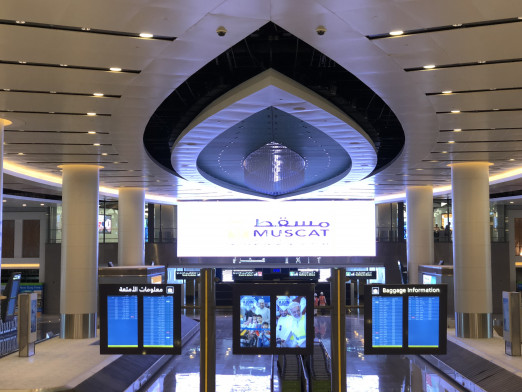Kinetic paving proposes footfall as a potential source of power generated from responsive paving slabs.
The slabs convert energy from people’s footsteps into small amounts of electric power whilst also collecting data on pedestrian habits.
Pavegen keeps the details of the exact technology secret but has revealed that it has three functionalities: data, floor, and energy— commenting that the process of generating electricity involves compressing the slab by about 5mm which then sets off electromagnetic induction by copper coils and magnets that are housed within.
According to data gathered by Pavegen, the average pedestrian generates around 5 watts per footstep at 12-48 volts DC— this is enough to power an LED street lamp for 30 seconds.
Pavegen are market leaders in the kinetic paving space and have installed their product at a number of high profile UK events, including the People-Powered Lights 2012 Olympic Walkway, located at West Ham underground station as part of the London 2012 Olympics celebrations. In 2017, Pavegen found a permanent home on London’s Bird Street in the West End and has been touted as London’s first ‘smart street.’
Commenting on their upcoming projects, Asha Mistry, Communications Analyst at Pavegen said: "Or installations create really high engagement for people using them, we’re currently working on a range of enhancements, including offering more data on how people interact with our walkways, increasing the efficiency of our systems and expanding the range of applications that we power. Our focus is on delivering more permanent installations in the world’s most innovative cities. In the coming weeks and months, we have a number of exciting projects to add to this list, including an installation in one of the Middle East’s key airports, our first ever supermarket and a new permanent site in London’s West End. We’ve just signed a Memorandum of Understanding with global engineering and technology leader Siemens. Our shared plan is to integrate our technology into the company’s future city projects. We’ll initially be looking at projects in transport infrastructure, mixed-use developments, and hospitals. It’s going to be busy.”
.jpg)
.jpg?1520505383)
